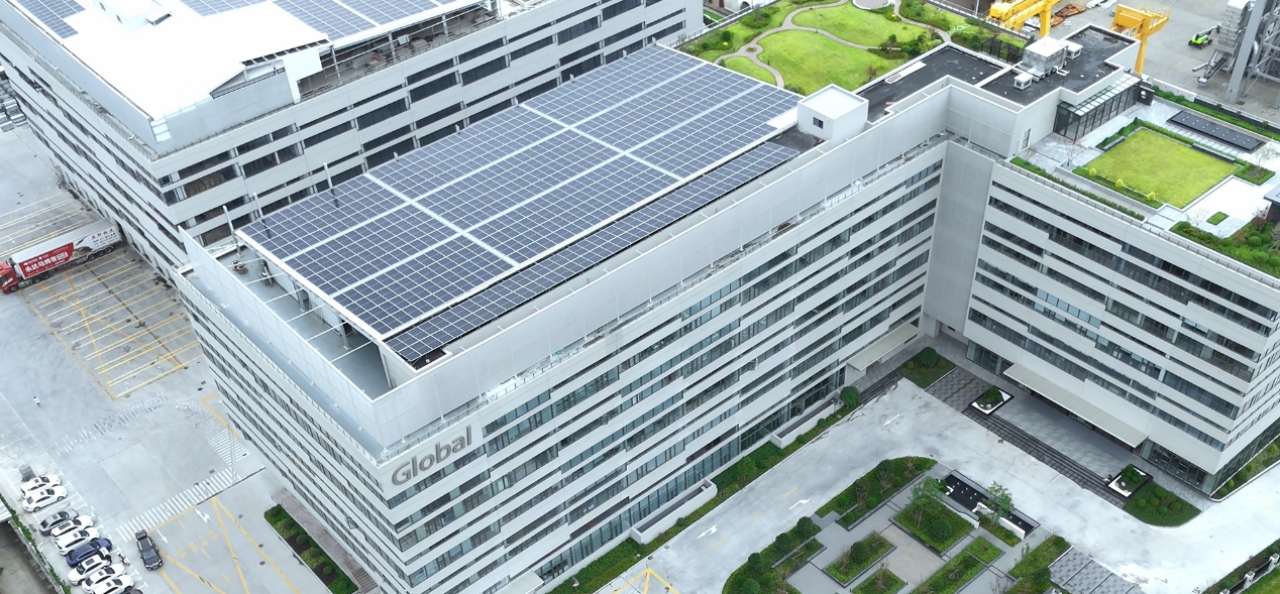
Recently, GAT released the 2024 greenhouse gas (GHG) emission verification data and disclosed the company's emission reduction plans and implementation paths for 2023 to 2050.
Overview of 2024 Emission Data
In 2024, after a comprehensive verification, the total direct GHG emissions (Scope 1) of GAT reached 55.12 tCO₂e. Among them, gasoline emissions were 5.94 tCO₂e, natural gas emissions were 39.39 tCO₂e, and diesel emissions were 9.79 tCO₂e. There were no emissions from refrigerant leaks or carbon dioxide leaks from fire extinguishers.
Indirect emissions (Scope 2, mainly from purchased electricity consumption) amounted to 2,395.90 tCO₂e.
Other indirect emissions (Scope 3, covering multiple scenarios such as purchased goods and services, and emissions from capital goods) totaled 10,206.36 tCO₂e, with emissions from purchased goods and services accounting for more than 80%, reaching 8,850.18 tCO₂e.
Clear Long - term Emission Reduction Goals
Looking to the future, GAT has set clear emission reduction goals: By 2030, it plans to reduce GHG emissions by 50% based on the 2023 emission levels.
By 2050, it will strive to achieve zero GHG emissions across all scopes.
Multiple Measures to Promote the Implementation of Emission Reduction to 2030
Optimization of Energy Structure: In the field of Scope 1, the use of fossil fuels such as gasoline, diesel, and natural gas will be gradually reduced, and the utilization of renewable energy such as solar energy will be increased. GAT has replaced its commercial vehicles with electric commercial vehicles in order to reduce carbon emissions.
Energy Efficiency and Clean Energy Procurement: For Scope 2, the energy efficiency of production and office equipment will be continuously improved to reduce electricity consumption. The company has replaced the corridor lights with energy-saving lamps; set up Solar panel with 200Kwh on the building 1&2 to reduce the 105 tC02e also. Further, the scope of solar energy usage will be expanded.
Supply Chain and Operational Collaboration: In terms of Scope 3, The GAT plan aims to gradually replace the raw materials currently purchased with recycled materials. And distribution of goods will be optimized to reduce related emissions. The management of solid and liquid waste disposal will be strengthened to reduce emissions during the waste disposal process. GAT installed charging stations to encourage our employees to commute by driving pure electric vehicles.
Plans to reduce carbon emissions by 2050
We will completely replace the outdated equipment, adopt energy-efficient machinery, and optimize the production process to reduce energy consumption in terms of energy efficiency improvement measures.
In terms of optimizing supply chain management, we will choose environmentally friendly suppliers that have obtained ISO certification, and give priority to cooperating with manufacturers that adopt renewable energy or energy-saving equipment. We will optimize logistics routes, adopt methods such as carpooling delivery and centralized delivery to reduce carbon emission, and gradually replace with new energy transportation vehicles like electric trucks. In addition, the method of recycling milling wastewater from industrial production processes is employed to recover the wastewater used for machining milling. After filtration, clean water is obtained and reused to enhance energy efficiency.
Starting from the implementation of automation and Intelligent Production, introduce an automated control system to optimize the operating parameters of equipment and eliminate high-energy-consuming devices; promote the application of variable frequency technology to reduce energy consumption.
Carry out waste classification and recycling. Strictly implement waste sorting and utilize waste recycling technologies to transform waste into resources (such as recycling and reusing waste plastics)
At the same time, optimize the production process, reorganize the production procedures, reduce unnecessary transportation and waiting time; implement standardize operation procedures to reduce energy consumption fluctuations caused by human errors.
These measures will significantly reduce carbon emissions and achieve zero emissions by 2050.